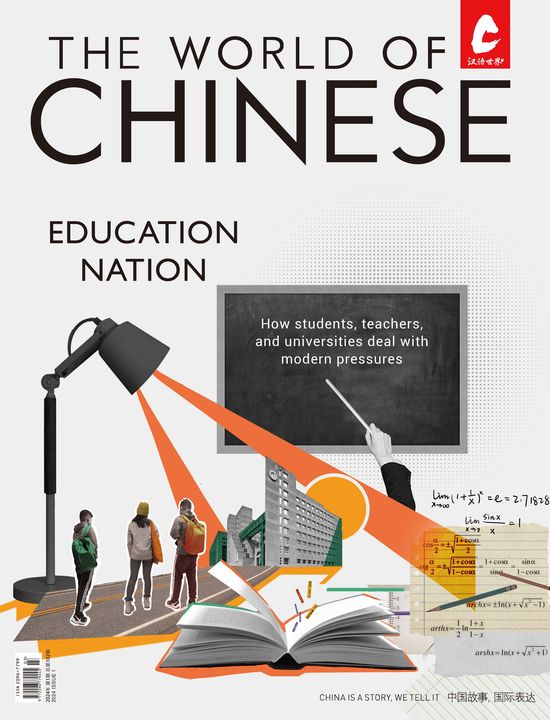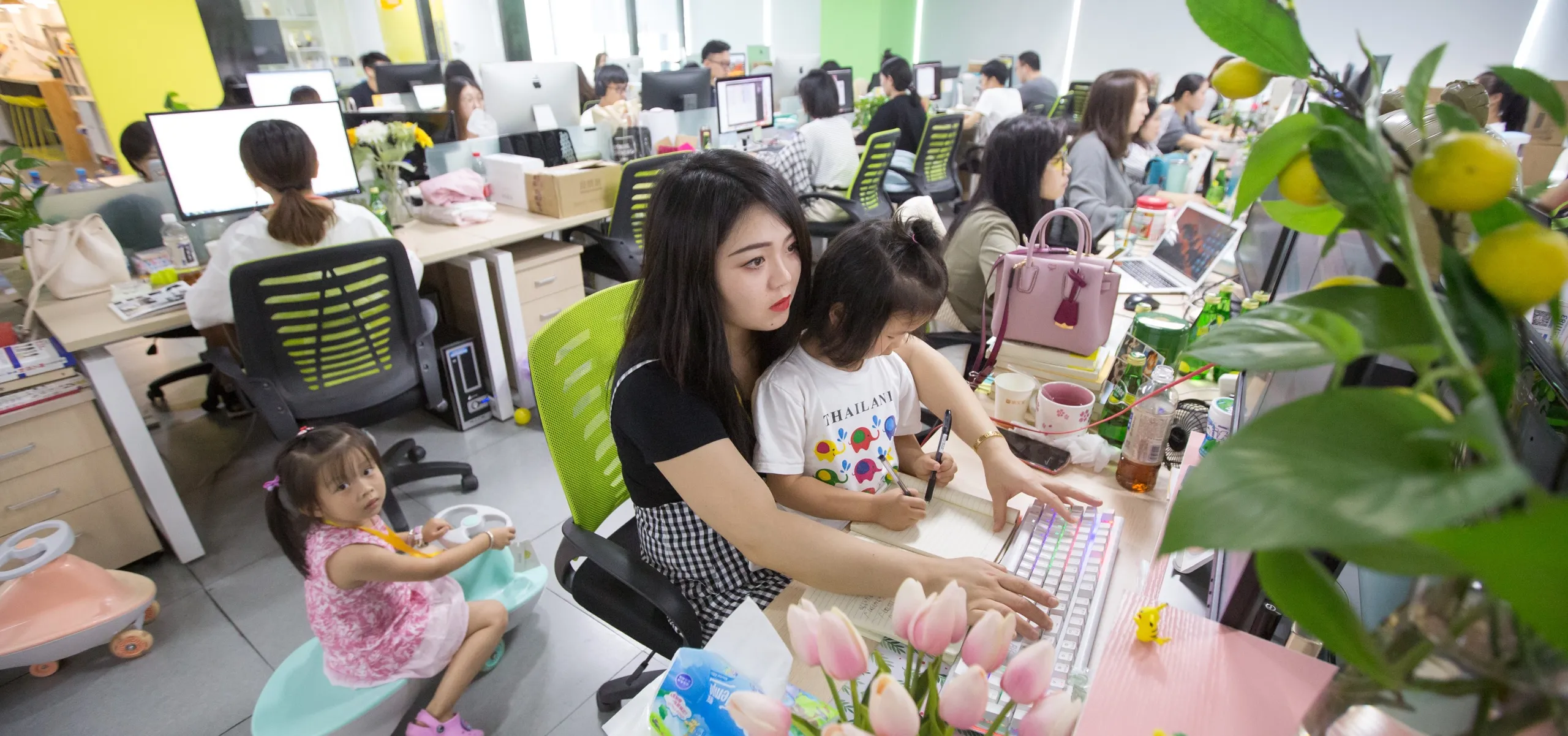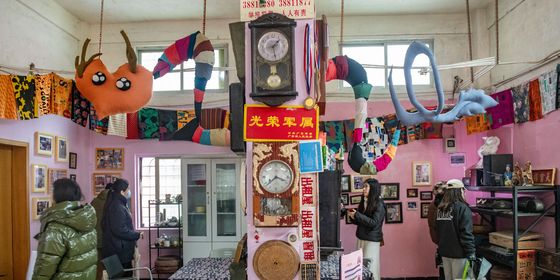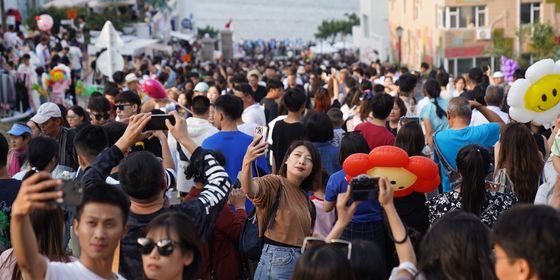China is encouraging couples to have more kids, but affordable childcare remains a tall order
To find a high-quality daycare center for her son Shengmeng, offering sanitary conditions and a location not too far away from her home, 35-year-old Wang Xinxin decided to take a drastic step: starting her own.
In 2020, Wang, a director at a Shenzhen-based early education firm, decided to send 2-year-old Shengmeng to daycare to cure his attachment issues and teach him some essential skills. “We wanted to find a center with a good environment, teachers, and lessons, and bilingual support,” she tells TWOC. But after visiting 20 daycare centers in one year, the only satisfactory place Wang found was 50 minutes away from her home, and their hours ended too early for her to pick up Shengmeng after work. She had to compromise with a private local center, whose poor sanitary conditions she later blamed for giving her son bronchitis.
The following year, Wang, who has a doctorate in early childhood education, quit her job and rented a space in her community, offering care for children aged 18 months to 3 years old with full-time caregivers, native-speaking English teachers, and newly refurbished classrooms—though the center has only enrolled 13 children by January of this year, due to the pandemic. In all, the venture has cost Wang 2 million yuan, which she doesn’t see as a burden but rather a long-term investment in her postdoctoral studies on child development.
But others are not as lucky, with many Chinese working couples struggling to parent their children, mothers especially putting their careers on hold to raise young kids at home, grandparents sacrificing their retirement years to babysit, and even families able to afford live-in nannies grappling to find qualified and reliable caregivers.
Daycare centers were once accessible and affordable for working families across China, but gradually disappeared in the 1980s when the introduction of the market-oriented economy gradually returned the responsibility of childcare from the state to the families. Publicly funded nurseries, or tuo’ersuo (托儿所), first emerged in the late 1920s as part of the Republic of China’s war efforts against Japan, enabling women to work in factories. The PRC continued this tradition in the 1950s, with government institutions, state enterprises, schools, and hospitals in urban areas building nursing rooms and tuo’ersuo for their employees. In villages, daycare centers and childcare committees were also set up during harvest season to encourage women to participate in labor.
Since 2016, when China relaxed its family planning policies to allow families to have two children, the growing newborn population has led to a greater need for childcare services, but the limited childcare facilities nationwide have failed to meet the public demand.
According to the National Health Commission, a third of China’s 42 million children under the age of 3 required childcare services, but only about 5.5 percent of infants and toddlers were enrolled in nurseries across the country as of 2021—much lower than the kindergarten enrollment rate for kids aged 3 to 6 at 88.1 percent, according to an April 2022 report by People’s Daily. This is far below the 36.1 percent average nursery enrollment rate in OECD countries such as Denmark, according to market research group iiMedia.
The Tall Task of Solving China’s Childcare Shortage is a story from our issue, “Kinder Cities.” To read the entire issue, become a subscriber and receive the full magazine.













